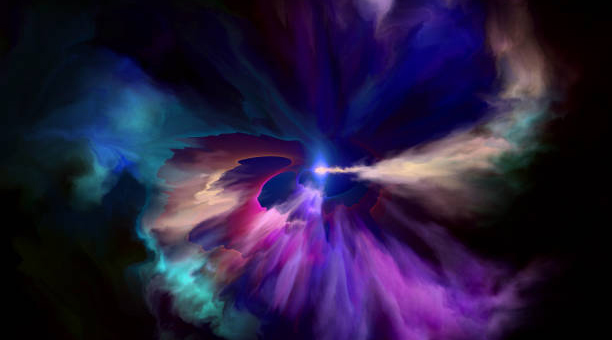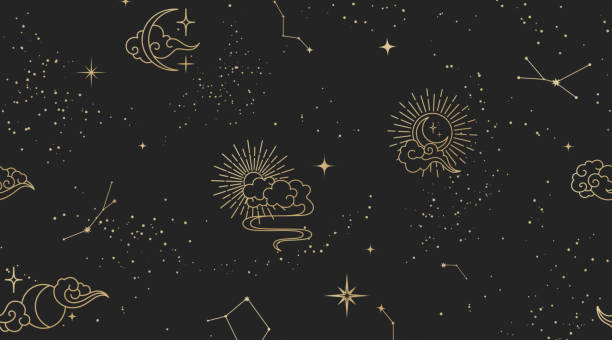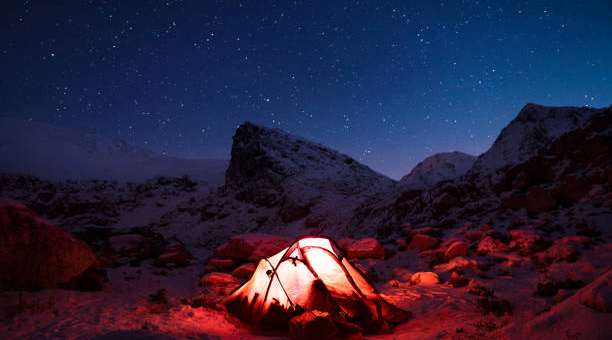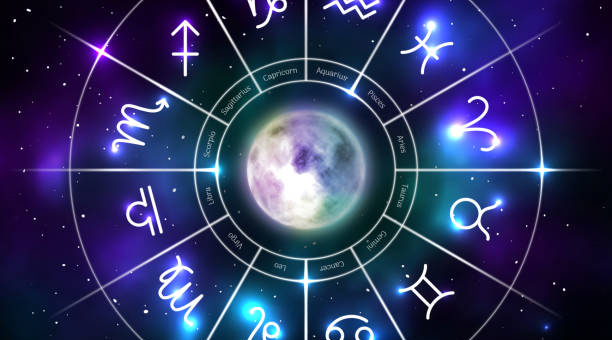montage(Montage The Art of Arranging Images and Sounds)

1. What is Montage?
Montage is a technique used in filmmaking, video production, photography, and music. It involves the art of arranging various images or sounds to convey a specific message or emotion. Montage is used to create a cohesive and unified whole out of disparate elements. It is an essential element of storytelling, as it allows creators to communicate complex ideas and emotions by juxtaposing various images or sounds.
2. The History of Montage
The montage technique was first developed by Soviet filmmakers in the 1920s. These filmmakers, including Sergei Eisenstein and Dziga Vertov, used montage to create a new style of filmmaking that emphasized the importance of editing and the arrangement of images. They believed that the arrangement of images was more important than the images themselves, and used montage to create emotional and intellectual responses in the viewer.

3. Types of Montage
There are several different types of montage, including intellectual montage, emotional montage, and metric montage. Intellectual montage involves the juxtaposition of images or sounds to create a specific intellectual response. Emotional montage is used to create an emotional response in the viewer through the use of music, sounds, and images. Metric montage is used to create a sense of rhythm or pace in a piece of work through the use of repeating images or sounds.
4. The Importance of Montage
Montage is an essential element of filmmaking, video production, photography, and music. It allows creators to convey complex ideas and emotions through the arrangement of disparate elements. Good montage can create an emotional or intellectual response in the viewer that would not be possible through the use of a single image or sound. It is an art form that requires skill and creativity, and can be used to transform ordinary images or sounds into something extraordinary.
5. Techniques for Creating Montage
The key to creating effective montage is to ensure that the elements being arranged are cohesive and convey a specific message or emotion. The elements should be arranged in a way that creates a coherent and unified whole. This can be achieved through the use of repeating images or sounds, the use of music or other sounds to create a specific emotional response, and the use of editing techniques to create a sense of rhythm or pace.

6. Examples of Montage in Popular Culture
Montage has been used extensively in popular culture, including in films such as The Godfather, The Shawshank Redemption, and Rocky. In music, montage has been used in songs such as \”Bohemian Rhapsody\” by Queen and \”Don’t Stop Believing\” by Journey. Montage is also frequently used in advertising to create emotional responses in consumers.
In conclusion, montage is an art form that allows creators to arrange disparate elements to create a unified and cohesive whole. It is an essential element of filmmaking, video production, photography, and music, and can be used to convey complex ideas and emotions. By understanding the history and techniques of montage, creators can use this technique to transform ordinary images or sounds into something extraordinary.
本文链接:http://xingzuo.aitcweb.com/9343961.html
版权声明:本文内容由互联网用户自发贡献,该文观点仅代表作者本人。本站仅提供信息存储空间服务,不拥有所有权,不承担相关法律责任。如发现本站有涉嫌抄袭侵权/违法违规的内容, 请发送邮件举报,一经查实,本站将立刻删除。










